<companion piece:
sophie aldred talks about life after doctor who>
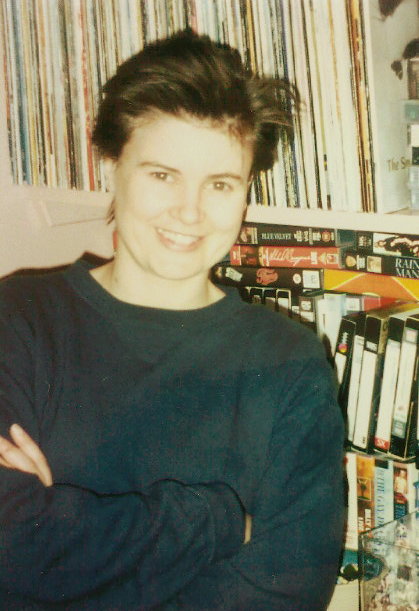
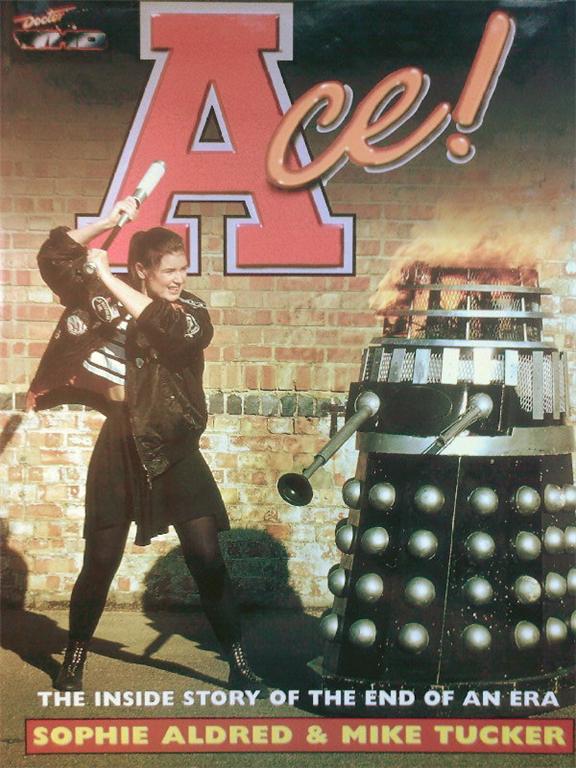
I am sharing the sofa with Sophie Aldred in her comfy, suburban home when I get the nagging sensation that this ordinary setting is singularly appropriate to our meeting. The sitting room is littered with all the right references. A miniature 1960s-style police call box, for instance, which, when the doors swing open, reveals a working phone. There are mundane, homely touches too. Pastel coffee mugs you’d find in any hardware store. Shelves crammed with old Blue Peter annuals and Smiths' records. And there's the sofa itself, which we are not hiding behind, but merely sitting upon. This is hardly the world of Dr. Who, yet the feeling persists. There is something so wrong it is right. A background buzz. The sound of knocks and thumps and drilling, noises off for which Sophie makes a loud apology into my tape recorder. ‘I'll ask the workmen to stop,’ she offers. Suddenly my mental TV flickers with the memory of Tardis doors refusing to come to a silent rest … of the feet of extras emerging from cobbled Dalek skirts … of pretty, young assistants screaming and running circles around a tiny Shepherd's Bush studio … of fluffed lines and wobbly sets. Suddenly her offer seems singularly inappropriate. ‘Resistance is useless!’ I want to tell her.
‘I get quite cross when people talk about wobbly sets,’ Sophie Aldred [aka Ace] opines. ‘We never had any wobbly sets. The BBC would always put their all into it, certainly the ones I worked on. We had the most incredible sets and costumes.’
She does have a point. The wobbly sets happened, but they were a feature of the original black and white stories that were rarely off the air in the 1960s. Recorded as it were ‘live’, there wasn't the time or money to do a second take and, depending on your point of view, the effect was either clumsy or charming. Sophie Aldred hit the screens during the 1980s – an altogether more sophisticated era, or so it seems to her. Her character Ace, companion to the seventh Doctor, Sylvester McCoy, had a predilection for explosives, and cost quite a bit of the special effects budget.
‘The companions were a clever device whereby the audience was led into the Doctor's world. The Doctor always remained a bit far apart and mysterious, whereas the companion would be the audience's representative. With some assistants you look back in horror at what they did but that was the role of w-omen on television in the Sixties. The women weren’t really that important and were usually just sex
symbols. I think Ace was very much a product of the Eighties’.
Unlike previous companions, Ace represented something of an egalitarian challenge to the patriarchal Doctor of the 1960s and 1970s. Excitable, rebellious and occasionally arrogant Ace often quarrelled with ‘the professor’ although ultimately lacking the sophistication to win these spats.
‘I suppose I was cast because of my personality fitting in with the personality of Ace, although I have never gone around blowing things up with Nitro 9 or hitting Daleks with baseball bats! The character was based on the kind of confident person I was at twenty-five rather than the sixteen-year-old Ace was meant to be. I had a big say in my costume and this was apparently quite unusual. I had come from the world of children’s theatre where your input made a difference. We’d all sit around discussing what clothes we should wear. I assumed that television would be the same, so in I went, guns blazing, saying, oh - I think I should wear this, and luckily people took it on board. I ended up wearing this black bomber jacket I'd seen in The Face, and some Dr. Martens, which were just coming in at the time . . . ‘cause I’m so trendy’. Sophie pulls at the shaggy jumper and well-used joggers she’s wearing, punctuating the fashion statement with another laugh.
Even though the female companions have taken on ever more active roles recently, as played by the likes of Billie Piper, Freema Agyeman and Catherine Tate, Sophie doubts that much has changed intrinsically. ‘Really it’s the same old character, isn't it? Companion gets in a spot and the Doctor rescues her’. Why not have the Doctor regenerate as a woman, I suggest. Sophie laughs like she never heard that one before. ‘I’m terribly old fashioned, I'm afraid. So much for my feminism. It goes out of the window when I think of the Doctor. I think things like the Rani work very well as women, the baddies. But, it’s just nice to have the Doctor as a paternal figure’.
Although her time travels were brought to an emergency stop in 1989, the character Ace has lived on through the pages of Virgin’s New Adventures novels. ‘It was strange to read about my character but I think they did a very good job. It was a funny feeling but I'm not possessive enough to think, oh no, I wouldn’t have done that! You do relinquish the character. But I've only read three. I’m not really interested in the science fiction genre, I mean, I love Terry Pratchett, I love that humorous stuff. But I'm more interested in writing for children’.
Like her idol, third Doctor Jon Pertwee, Sophie is very active on the fan club scene. ‘I was at a convention and Carole Ann Ford (the very first companion) was signing autographs and I thought, wow, that was forty years ago and she's never been allowed to forget it. It doesn't get in the way of my career though and while I still enjoy going to conventions and meeting fans and doing things like writing the Ace! book, I'll continue to do it. It’s a lovely thing to think that work I did is still thought of highly’.
Sophie’s book – Ace! – follows the three years of Sylvester McCoy’s tenure as Doctor, from both behind-the-scenes and on-camera perspectives, and is illustrated with original artwork and over three hundred privately owned photographs. ‘Mike Tucker - who I wrote it with - and I had a huge collection of personal photographs hanging around in drawers, gathering dust. Because I was new to television, I just used to go around taking loads of photographs. When we took it to Virgin, they just couldn’t believe how much material we had ... design drawings ... interviews ... just masses and masses of material. I’ve always liked writing diaries as well. It's a very personal book, I'm quite honest in it (well, very honest!) about what I was going through. It's for fans really. But it amazes me to think that fans would be interested in my life. I feel like such an ordinary person’.
The downside of having played a companion is being so associated with the role that people are forever asking what she'll do next. ‘I’m very lucky to be kept working all the time, particularly with children’s presenting’. At this point, a loud bang reverberates through Sophie’s house followed by a brief pause and more smiles. ‘And I’m busy decorating the house,’ she adds.
‘I’d like to do a period drama, a Sense and Sensibilities type role. Or a British X Files, but play it more feisty, riding around on a motorbike, say’. Indeed, Sophie isn’t ready to consign the bomber jacket to a dusty drawer just yet. ‘It has been suggested that it would be really neat if I came back because I wouldn’t recognise the regenerated Doctor’. A precedent was set when 1970s companion, Sarah Jane Smith (Elisabeth Sladen), joined David Tennant’s Doctor, and even landed a children’s TV spin-off. How would Sophie feel about that? ‘I’m a real fan,’ she confesses, ‘so of course, that’s just what I’d like to hear’.
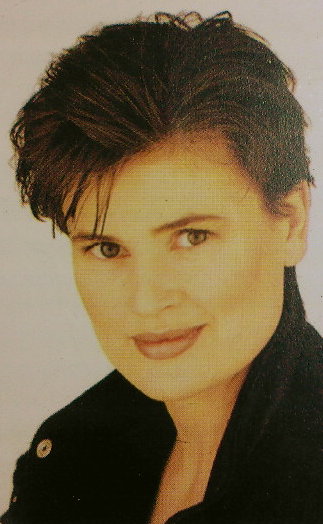
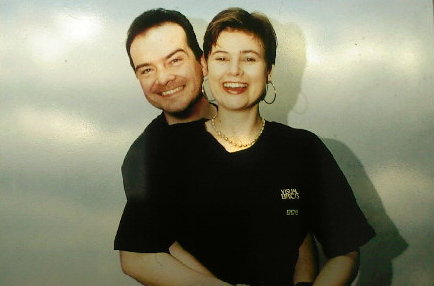
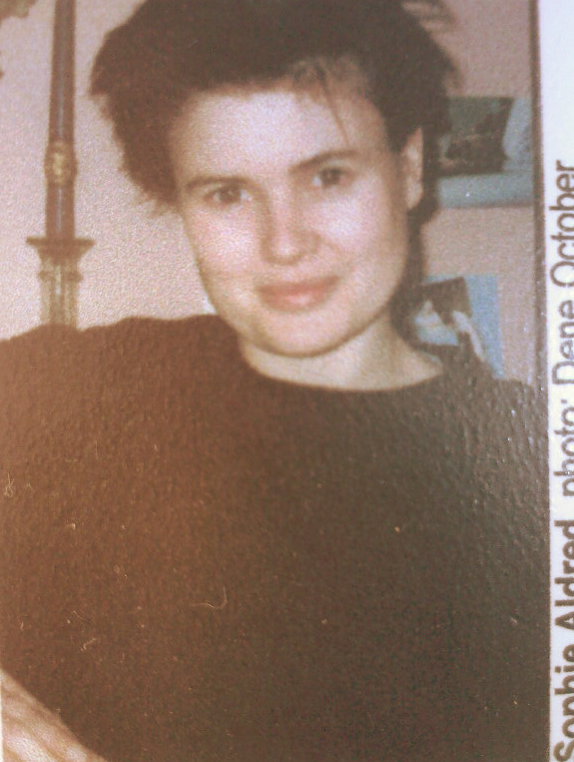
IMPORTANT
<<navigation>>
on some computers this may appear as the last page of the edition --
to view remaining pages go to Blog Archives and repeat click Month
![]()

